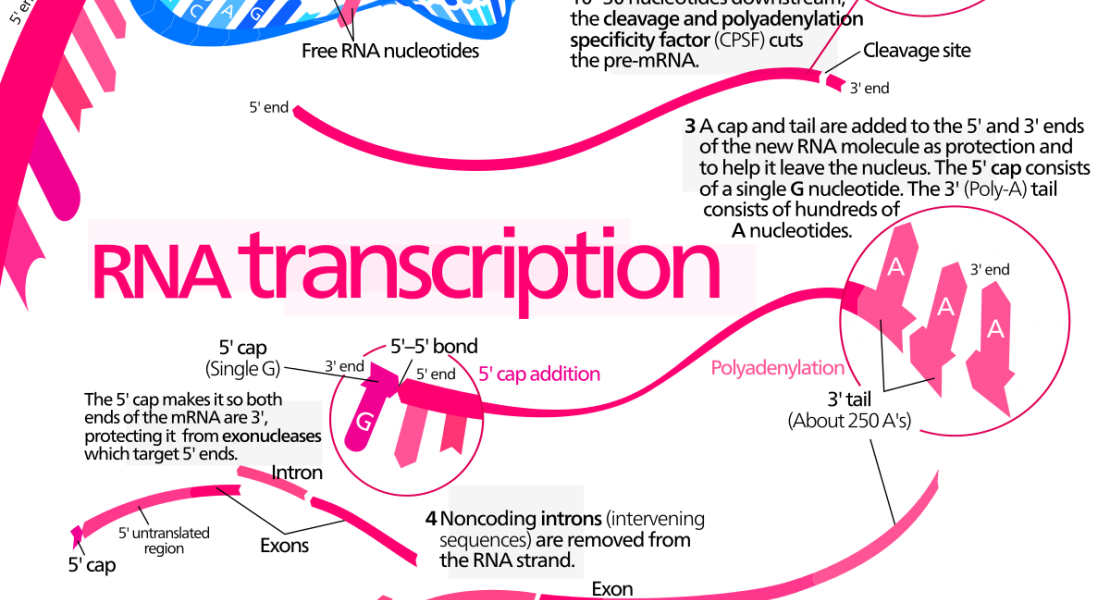Primary transcripts of microRNAs encode regulatory peptides

Abstract
MicroRNAs (miRNAs) are small regulatory RNA molecules that inhibit the expression of specific target genes by binding to and cleaving their messenger RNAs or otherwise inhibiting their translation into proteins1 . miRNAs are transcribed as much larger primary transcripts (pri-miRNAs), the function of which is not fully understood. Herewe show that plant pri-miRNAs contain short open reading frame sequences that encode regulatory peptides. The primiR171b of Medicago truncatula and the pri-miR165a of Arabidopsis thaliana produce peptides, which we term miPEP171b and miPEP165a, respectively, that enhance the accumulation of their corresponding mature miRNAs, resulting in downregulation of target genes involved in root development. The mechanism of miRNAencoded peptide (miPEP) action involves increasing transcription of the pri-miRNA. Five other pri-miRNAs of A. thaliana and M. truncatula encode active miPEPs, suggesting that miPEPs are widespread throughout the plant kingdom. Synthetic miPEP171b and miPEP165a peptides applied to plants specifically trigger the accumulation of miR171b and miR165a, leading to reduction of lateral root development and stimulation ofmain root growth, respectively, suggesting that miPEPs might have agronomical applications.
